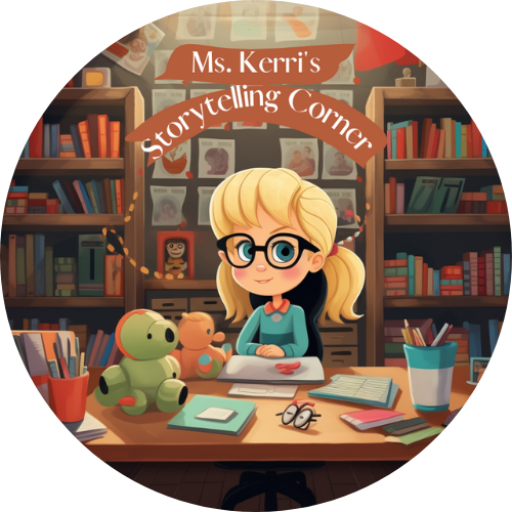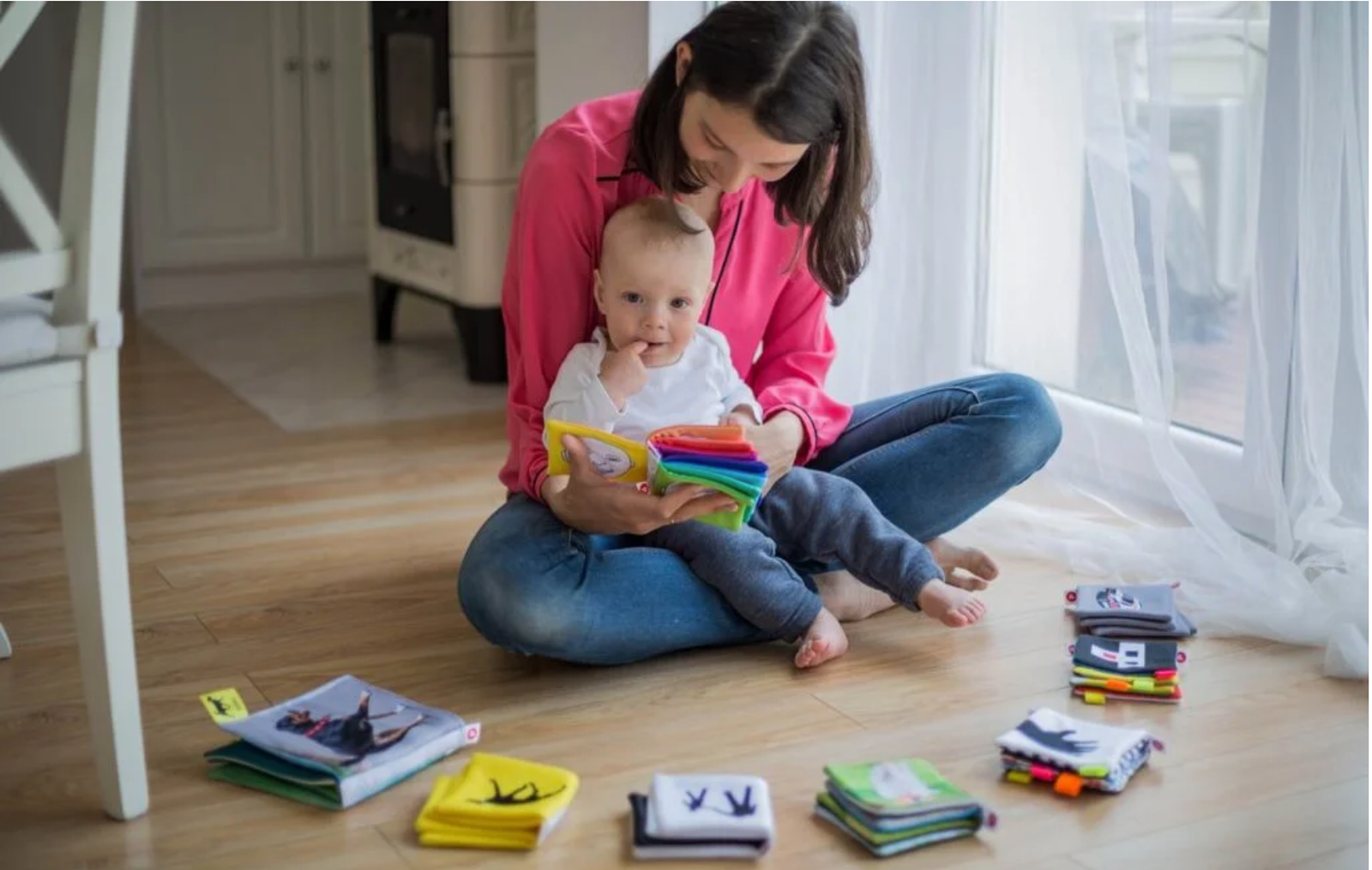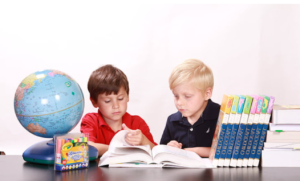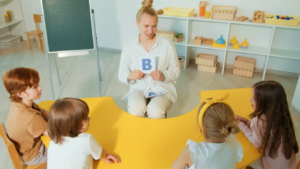How to Create a Literacy-Rich Environment for Pre-schoolers
Introduction
As parents and educators, we all want our children to develop a strong foundation in literacy from a young age. And what better time to start than in preschool? By creating a literacy-rich environment for pre-schoolers, we can set them up for success as they transition into kindergarten and beyond.
One of the best ways to do this is through incorporating read-aloud activities into the daily routine. In this blog post, we will discuss the importance of reading in kindergarten and how you can design a literacy-rich preschool for your little ones.
Key Takeaways
- Incorporating read-aloud activities into a preschooler’s daily routine is essential for promoting literacy.
- A literacy-rich environment in preschool sets children up for success in kindergarten and beyond.
- Reading to children and engaging them in interactive read-alouds helps develop their language and comprehension skills.
- Introducing children to a variety of children’s books, including holiday-themed read-alouds, can spark their interest in reading.
- Parents play a crucial role in creating a literacy-rich environment at home by reading aloud and encouraging their child’s love for books.
- Monitoring and measuring the success of a literacy-rich preschool design can help identify areas for improvement and track progress.
- -Frequently asked questions about read-alouds and promoting literacy in preschoolers will be answered in the next section.
%203.pdf%20(Billboard%20(Landscape)).png)
Understanding the Importance of a Literacy-Rich Environment in Preschool
In order to truly understand the importance of a literacy-rich environment in preschool, we need to recognize the significant impact it can have on a child’s development.
By reading to children and engaging them in interactive read-alouds, we are not only helping to develop their language and comprehension skills but also fostering a love for books and reading. Introducing children to a variety of children’s books, including holiday-themed read-alouds like Christmas, Halloween, and Earth Day, can spark their interest and make reading enjoyable.
A literacy-rich environment in preschool sets the foundation for success in kindergarten and beyond, creating lifelong learners and confident readers.
Essential Elements to Incorporate into a Literacy-Rich Preschool Classroom
When creating a literacy-rich preschool classroom, there are several essential elements that should be incorporated. First and foremost, make sure to have a wide variety of children’s books readily available. This includes books of different genres, themes, and reading levels to cater to the diverse interests and abilities of the children.
Additionally, creating cozy reading nooks or designated reading areas can provide a quiet and inviting space for children to enjoy reading. Utilizing read-aloud activities and interactive storytelling sessions can further enhance literacy development.
Consider incorporating technology by including online read-alouds or read-along resources that can engage and captivate preschoolers. Remember, the goal is to make reading enjoyable and accessible for all children in the classroom.
Practical Tips and Techniques to Promote Literacy among Pre-schoolers
Promoting literacy among pre-schoolers can be a fun and rewarding experience for both educators and parents. One practical tip is to make reading to children a daily routine.
Set aside dedicated time each day for read-aloud sessions, where you can engage children with interactive storytelling and discussions. Another technique is to introduce a variety of children’s books, including holiday-themed read-alouds like Christmas, Halloween, and Earth Day. These themed books can spark interest and make reading enjoyable for children.
Additionally, utilizing technology can be beneficial. Online read-along and read-aloud resources can captivate and engage preschoolers. Remember, the goal is to make reading a fun and accessible experience for all children.
Strategies for Engaging Parents in Creating a Literacy-Rich Environment at Home
Parents play a crucial role in creating a literacy-rich environment at home. One strategy to engage parents is to encourage them to read to their children on a daily basis. Reading aloud to children not only promotes literacy but also strengthens the bond between parent and child.
Parents can also incorporate interactive read-aloud activities, such as asking questions or making predictions, to further engage their children during storytime.
Another strategy is to provide parents with recommendations for children’s books, including holiday-themed read-alouds like Christmas, Halloween, and Earth Day. By involving parents in the process and emphasizing the importance of reading aloud, we can create a collaborative effort to promote literacy for preschoolers at home.
Measuring the Success of Your Literacy-Rich Preschool Design
Measuring the success of your literacy-rich preschool design is crucial to ensure that your efforts are making a positive impact on children’s literacy development.
One way to measure success is through monitoring the engagement and participation of children during read-aloud sessions. Are they actively listening, asking questions, and making connections to the story? Another method is to assess children’s comprehension and language skills by observing their ability to retell or summarize the stories they have been exposed to.
Additionally, you can track the number of children showing an interest in reading independently and their enthusiasm for children’s books. By regularly evaluating and measuring these aspects, you can make informed adjustments and continue to enhance the literacy-rich environment in your preschool.
Conclusion
In conclusion, creating a literacy-rich environment for pre-schoolers is crucial for their development and future success. By incorporating read-aloud activities, introducing a variety of children’s books, and engaging parents in the process, we can foster a love for reading from an early age.
Reading to children and engaging them in interactive read-alouds helps develop their language and comprehension skills. Holiday-themed read-alouds, such as Christmas, Halloween, and Earth Day, can spark their interest and make reading enjoyable.
By monitoring and measuring the success of our literacy-rich preschool design, we can continue to enhance and improve the learning experience for our little ones. Together, let’s cultivate a lifelong love for reading and empower our pre-schoolers through literacy.
Want to learn about bible storytelling? Click HERE

5 Most Frequently Asked Questions and Answers
Q- What are the benefits of reading to children and engaging in read-aloud activities?
Reading to children and engaging in read-aloud activities has numerous benefits. It helps develop their language and comprehension skills, fosters a love for books and reading, and sparks their interest in learning. It also strengthens the bond between parent and child and creates a positive association with reading.
Q- What are some popular holiday-themed read-alouds for preschoolers?
Some popular holiday-themed read-alouds for preschoolers include Christmas stories, Halloween books, and Earth Day-themed books. These themed read-alouds can capture children’s attention and make reading enjoyable.
Q- How can parents create a literacy-rich environment at home?
Parents can create a literacy-rich environment at home by reading aloud to their children on a daily basis, incorporating interactive read-aloud activities, and providing recommendations for children’s books. They can also encourage independent reading and emphasize the importance of reading.
Q- How can you measure the success of a literacy-rich preschool design?
The success of a literacy-rich preschool design can be measured by monitoring children’s engagement and participation during read-aloud sessions, assessing their comprehension and language skills, and tracking their interest in reading independently. These measurements can help identify areas for improvement and track progress.
Q- How can educators promote literacy among pre-schoolers?
Educators can promote literacy among pre-schoolers by incorporating read-aloud activities into the daily routine, introducing a variety of children’s books, and utilizing technology like online read-alongs. They can also create cozy reading areas and provide opportunities for interactive storytelling.

Ms. Kerri’s Corner provides a exciting virtual space for preschool learning. Through a variety of engaging activities, she exposes young minds to early math, literacy, science and social-emotional skills in a developmentally appropriate way. Centers for blocks, art, books and music allow children to explore hands-on learning at their own pace. Guided lessons subtly introduce number sense, letter sounds and narrative thinking. Careful observation gives insight into each child’s progress across domains. Viewers are also invited to participate, reinforcing that their ideas are valued. By making learning fun yet purposeful, Ms. Kerri lays the groundwork for future academic success while fostering creativity and imagination. Her program offers preschoolers valuable screen-based learning experiences.




